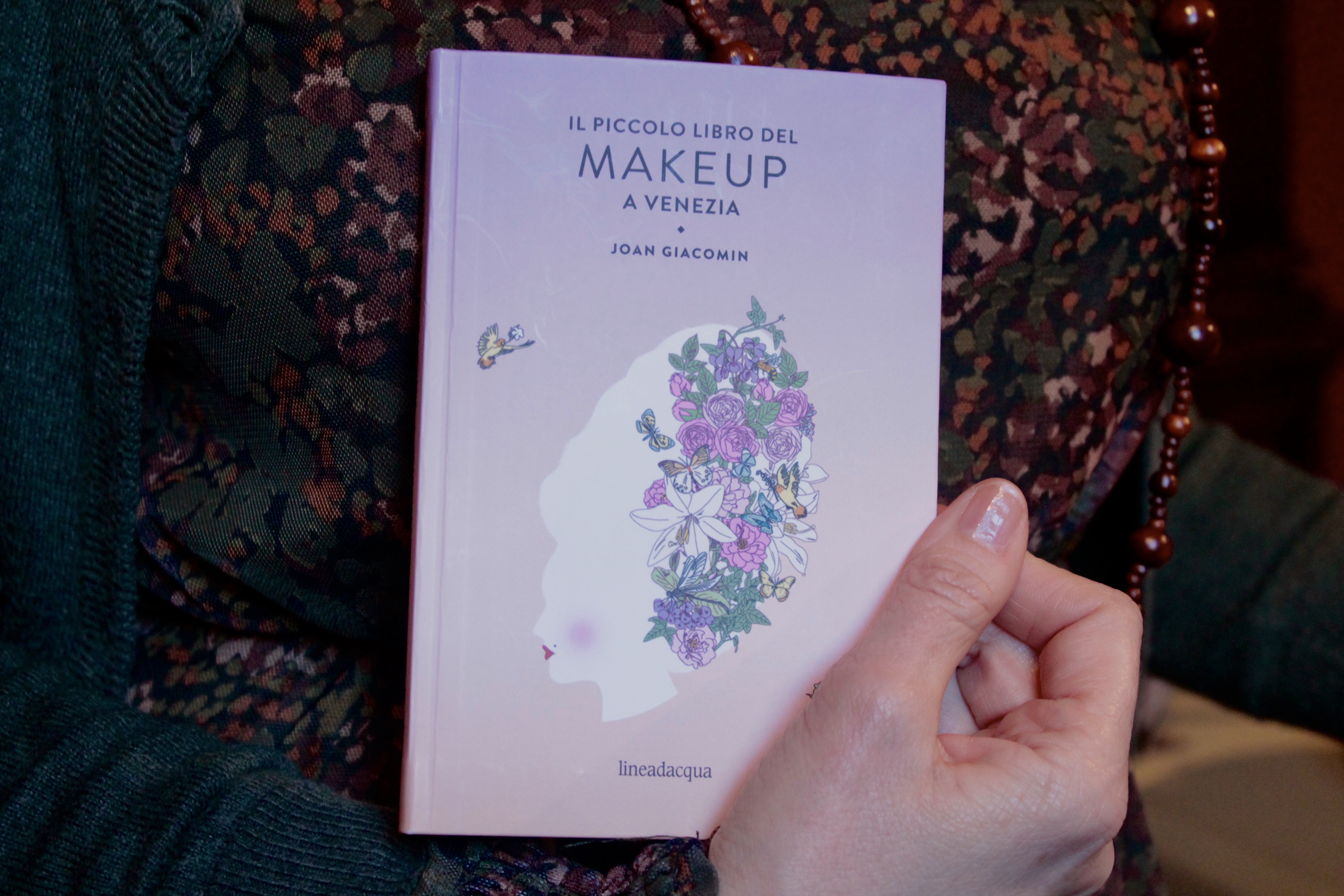Venice, 14 November 2022 - It was 1668 when the Venetian nobleman Scipione Vinciguerra di Collato, returning from a trip to Paris, took a walk in Piazza San Marco sporting on top of his head an accessory that, for the following century and a half, would dominate the Venetian fashion scene. It was the first appearance of the wig in Italy. Born to cover the baldness of the French king Louis XIII, this item soon became a sign of wealth and power, to show off on all worldly occasions. During the 18th century, the fashion of the most bizarre wigs exploded: for example, in 1723 they became not only for the exclusive use of men but also of women, who gave free rein to creativity and vanity. Magnificent hairstyles, more than half a meter high, that completely transform the head. Ribbons, nests of birds, artificial flowers, fruits, portraits, jewellery, wire and miniature ships decorated these fashion accessories.
The Council of Ten of the Serenissima immediately tried to stop such trend, to the point that it established an annual tax in 1701, which, however, was ineffective. Historical records even report that a nobleman from the Erizzo family disinherited his son Nicolò because he often wore the controversial headgear. However, in 1709 the doge Giovanni Corner started to wear the wig, legitimizing it as an accessory of the Venetian nobleman.
At first created with real hair sold by young women that wanted to earn some money, they were later made of the hair of different animals, from horses to goats, and even yak. The colour for men was usually white or grey, but women were more daring and covered them with blond, pink, blue and purple powder.
In the beginning, the Venetian wig was low, but year after year it increased in height, volume and trimmings. The hairdressers of the Serenissima Republic were not only advisers holding the secrets of fashion, the latest trends and secrets of the noblewomen themselves, but also hair experts and astrologists, able to shorten the hair at the time when the moon was most propitious. Called “Illustrissimo” or “Monsù”, which derived from the French word “Monsieur”, they owned real shops but also went from palace to palace to provide their exclusive services to the richest and most influential ladies. They had been incorporated to the barbers’ guild since 1435 and, according to a 1762 census, it appears that their number was close to a thousand.
The most famous hairdresser in Venice during the 18th century was Monsieur Galibert, also known as “Sultano”, who had a salon in Piazza San Marco and coordinated a group of apprentices: to get an appointment in his shop, it was necessary to subscribe to a long waiting list and his creations had prices affordable only for extremely rich ladies.
The use of the wig waned completely after the arrival of Napoleon, because it became one of the symbols of a decayed aristocratic lifestyle, and natural curls and hats became more fashionable for women.

